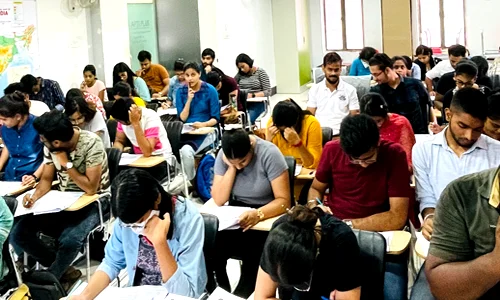



Rapid urbanisation in the Himalayan foothills is changing rainfall patterns, causing heavier rains and longer dry spells. This shift increases flood risks and water scarcity, threatening ecosystems and communities. Advanced tools like machine learning help predict extreme events, but challenges remain in data gaps and infrastructure. Effective policies focused on sustainable urban planning, climate adaptation, and community involvement are crucial to manage these hydroclimatic changes and ensure water security.
Click to View MoreThe Kerala Model of Urbanisation is a successful human-centric development model, characterized by high literacy, social reforms, and significant remittances. It has created a unique urban-rural continuum, overcoming concentrated metropolitan growth issues.
Click to View MoreThe Kerala Model of Urbanisation is a successful human-centric development model, characterized by high literacy, social reforms, and significant remittances. It has created a unique urban-rural continuum, overcoming concentrated metropolitan growth issues.
Click to View MoreA World Bank report highlights India's potential for economic growth, with 70% of new jobs expected by 2030. However, extreme weather events could result in billions of dollars in future losses. The report identifies population boom and housing shortage as the main challenges, with India's urban population expected to almost double by 2050.
Click to View More
© 2025 iasgyan. All right reserved